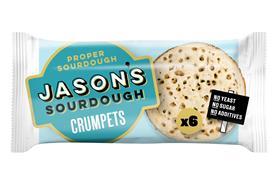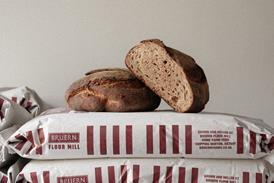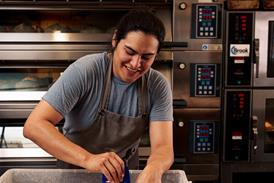Tips on achieving the desired shelf life for ambient stable bakery goods

Achieving a desirable shelf life for ambient stable bakery is not necessarily a simple process, as microbial hazards come in all shapes and forms – and the protection needed depends on the goods themselves. Andy Walker of Premier Analytical Services (PAS) offers insights into what works well and what not so well.
To continue reading, register for free
You are what you read, registration is quick, easy and free. Just click register now and you’ll be finished faster than it takes you to butter a crumpet!
Don’t miss out:
- Unlimited access to content
- Regular newsletters to your inbox
- Save articles to read later on
- A more personalised experience
Already registered? Please log-in here


















